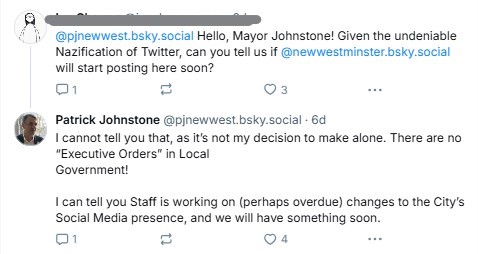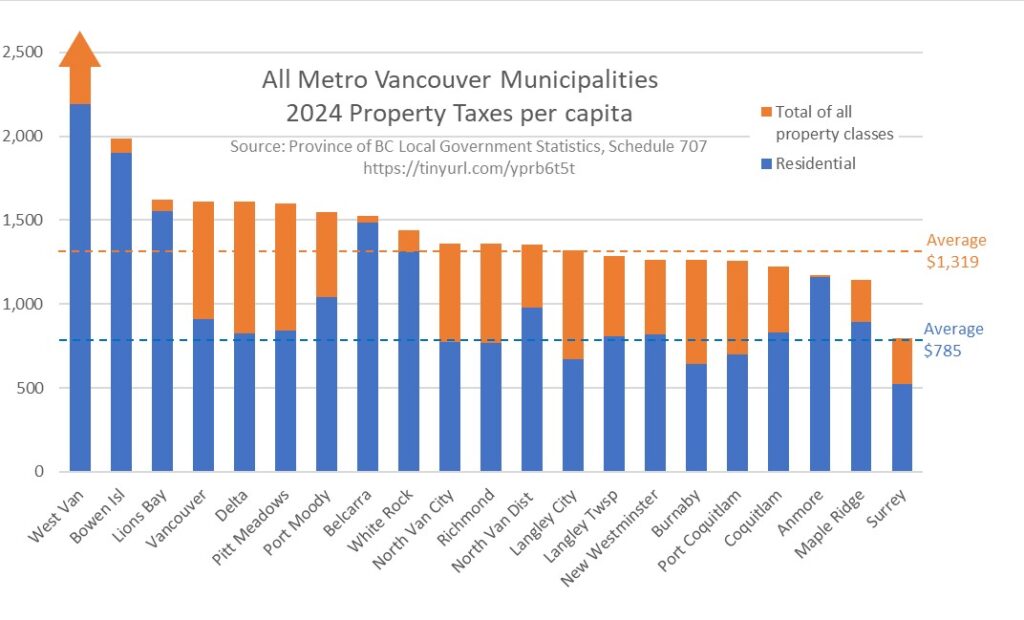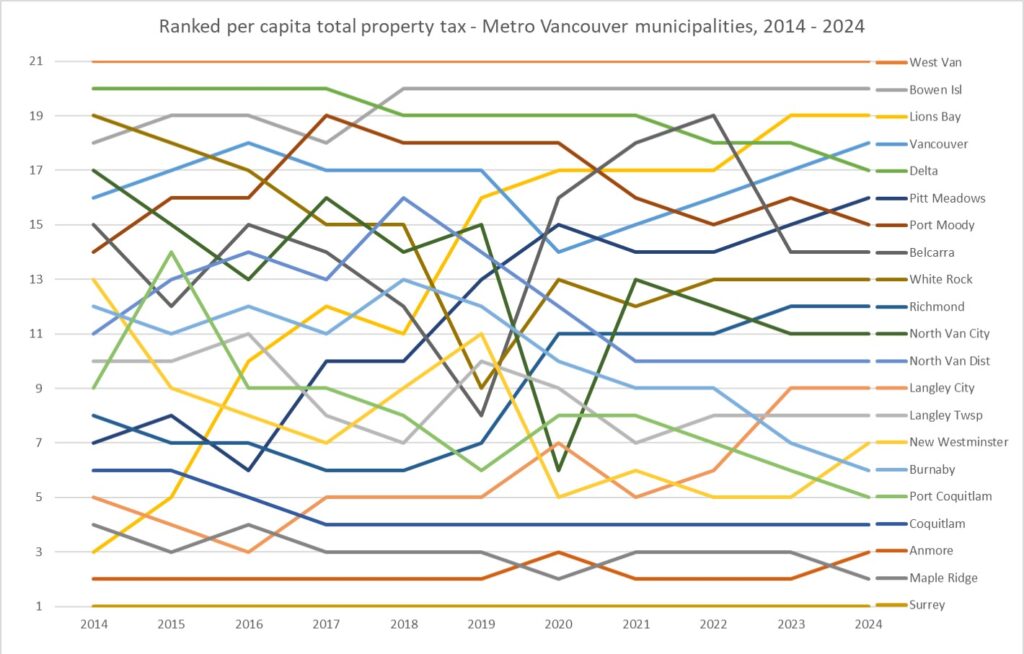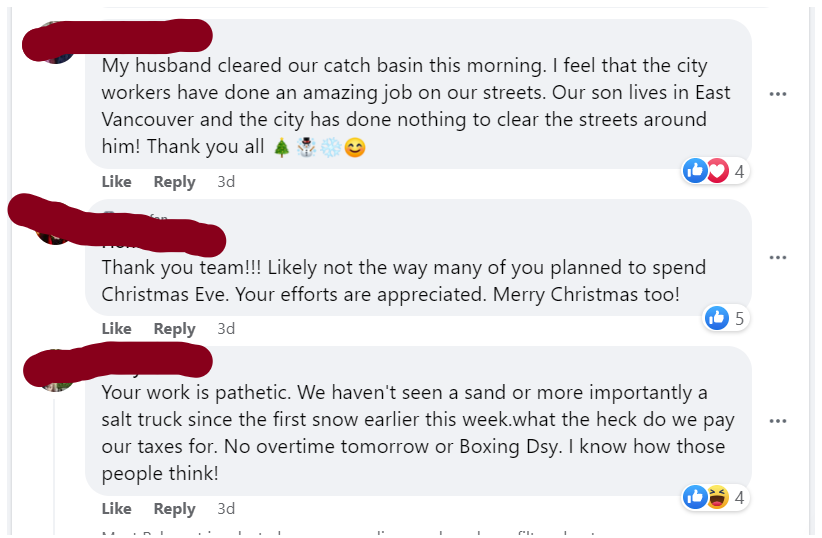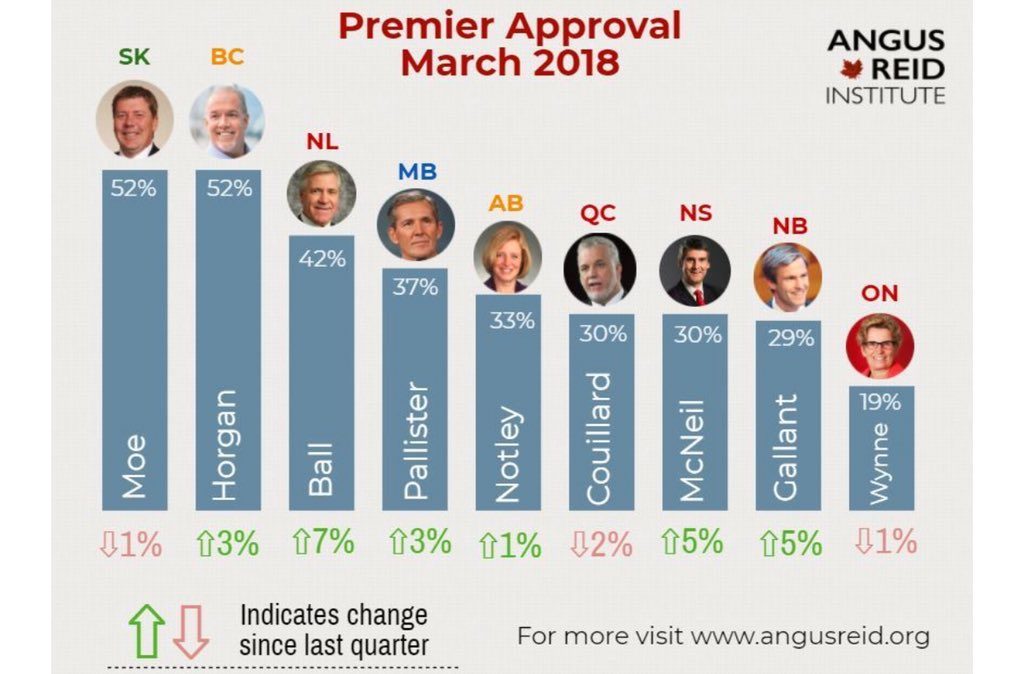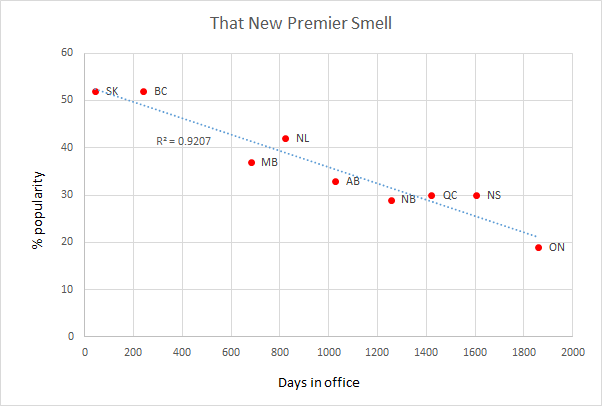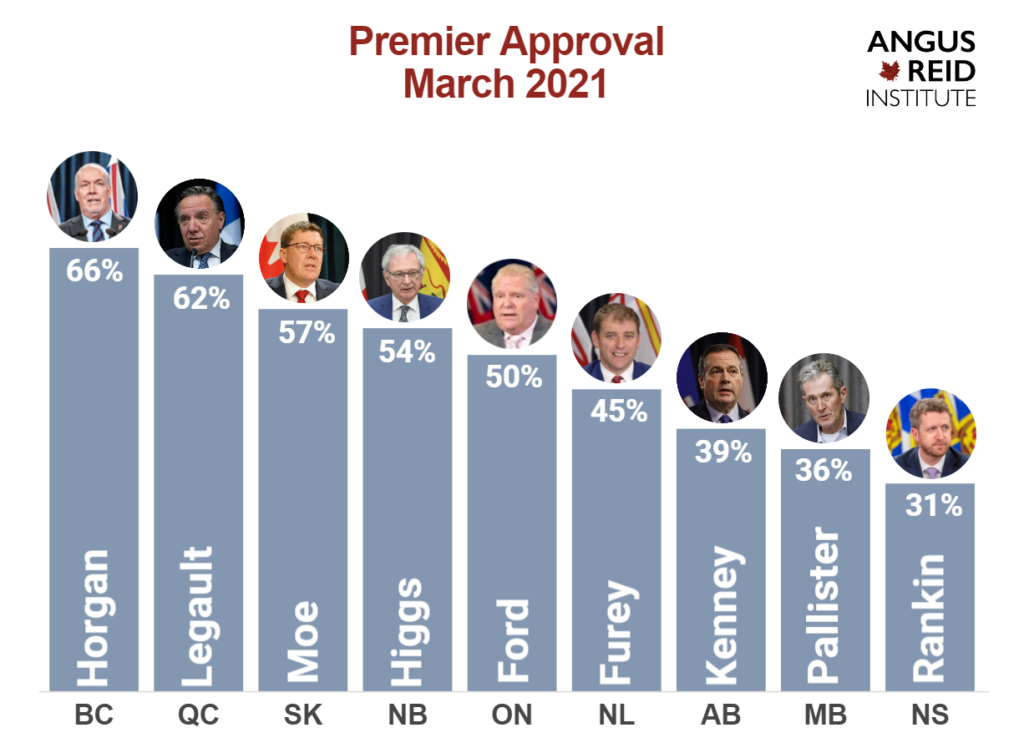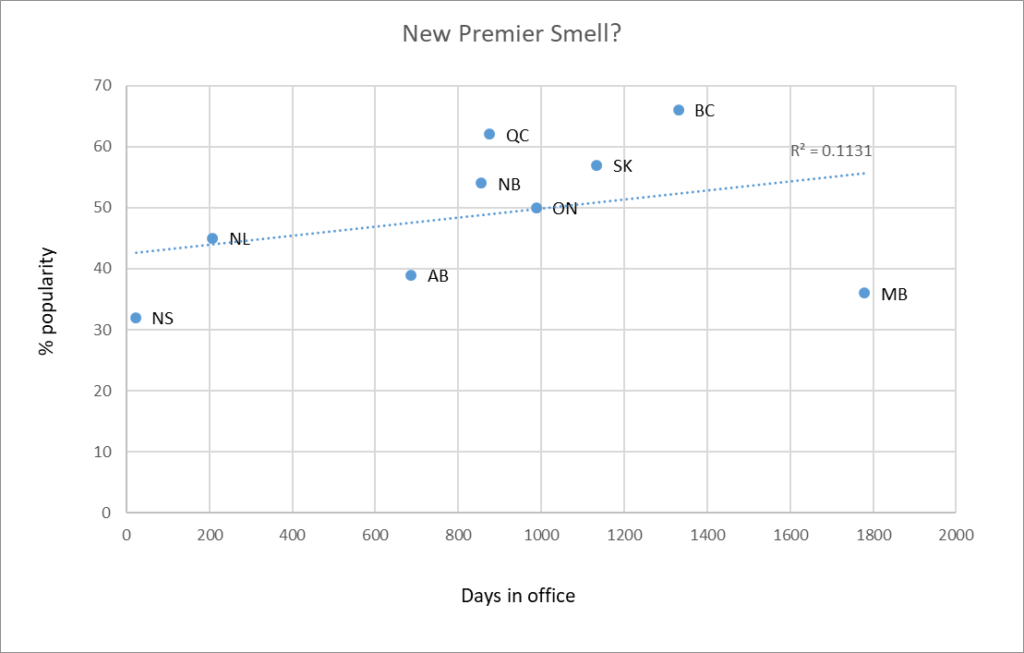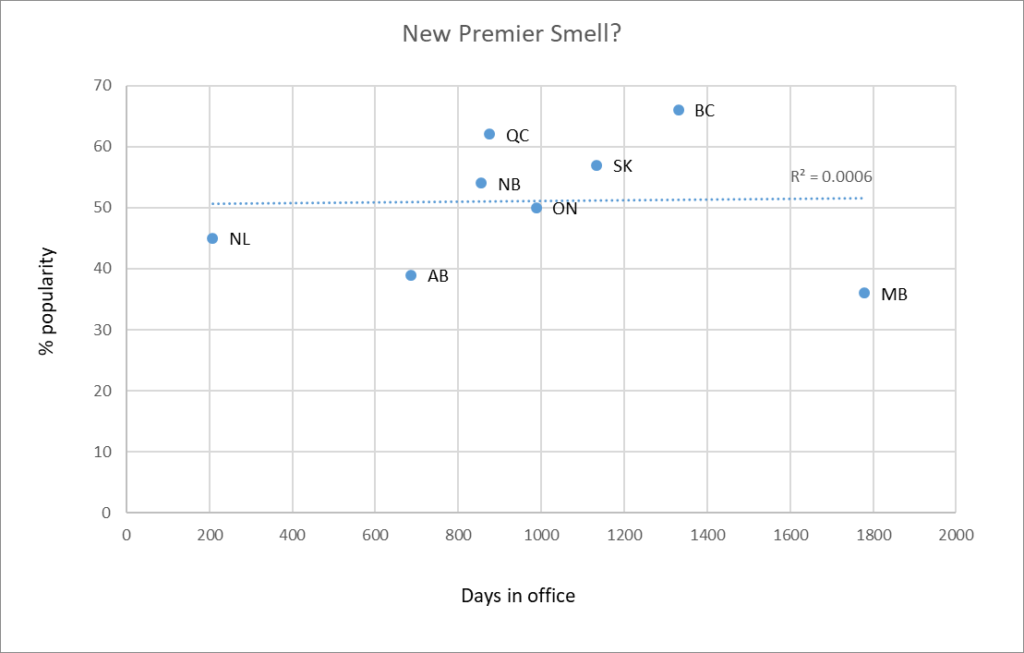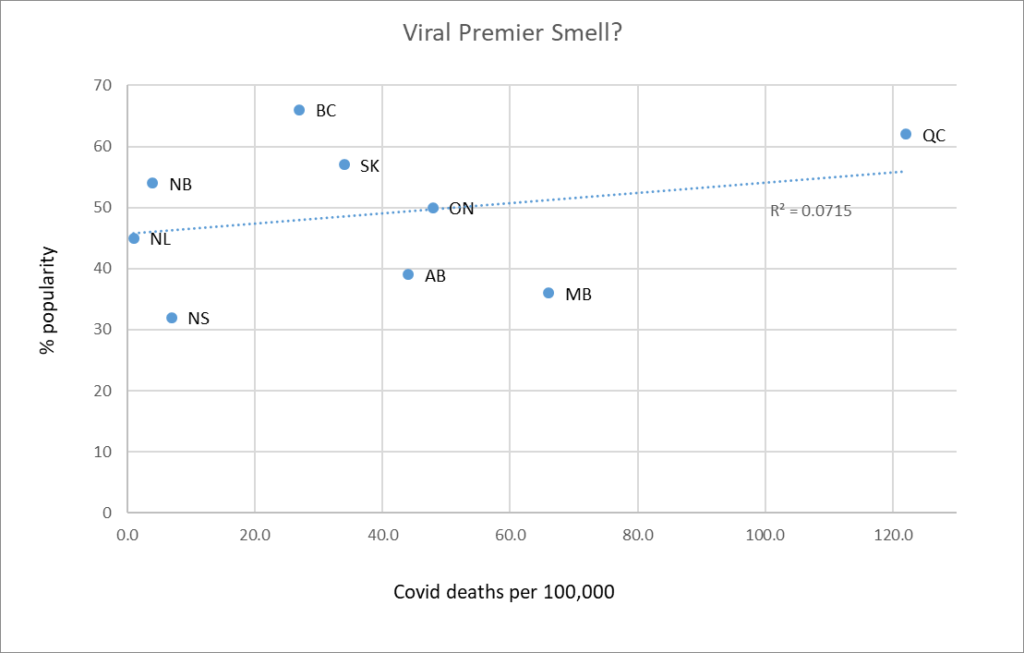What a wild ride that was.
In early January, I started to ask people if they thought I should run for Mayor, and started noodling about what a run would look like. It took a few months for me to convince myself that there was a viable path, that it would take a strong team, I would need a lot of help putting that team together, but the team was there to be brought together. That work took another 3 months, with conversations and facilitated sessions and the help of many people with experience in organizational development and politics. Bylaws, an AGM, candidate search and nomination process, it was a whirlwind. Then we started knocking on doors and connecting with the broader community, developing platforms, and setting ourselves up for Labour Day, when the real rush begins…
All though the campaign, I found I kept saying the same thing to the candidates: Keep it positive, and do your work. In the good times and the bad times, when we were excited and when we were lagging, when facing conflict or negativity, we just told each other to stay on the positive, and then found some work to do.
There are so many people to thank, and those will be more personal notes than this. I thought for my first post-election blog, I wanted to write a bit about the experience. I’ll follow up with more of a “what’s next” post later. For now, here are my 8 things I learned this campaign:
People are good: I admit to being a bit nervous about door knocking back in June. For a lot of people the last two years have been shitty: locked down and stuck at homes for long periods, shifts in their work and social lives, a lot of anxiety driven by economic uncertainty, concerns about health and family, loss of loved ones, doom scrolling bad news locally and around the world, and clear signs of climate disruption warning us things are not going to get better. I was afraid people were not in a mental space to talk to a hopeful election candidate who shows up at their house.
For the most part, I was wrong. Door knocking was an encouraging experience. People were happy to talk, were looking for reasons to be positive and optimistic. Yes, they had concerns and gripes, but they also had ideas about what we can do better and wanted to hear from candidates that we had ideas for a brighter future. So many people in New West responded to crises and anxiety with hope and optimism about things getting better. Door knocking was uplifting, and I hope the candidates don’t lose that feeling over the next 4 years.
Algorithms are Bad: I shouldn’t have to tell anyone that Facebook is not the real world, but I have never seen a contrast as strong as this election. If the election result was determined by Facebook comments, I had no chance this election, nor did any incumbent in the election. After all, I was called everything from an idiot to a sociopath to a “vampire slug” by people I know in the community. Some of my (alas, inevitably) non-male colleagues faced much worse. And the algorithms assure any time I spend in social media world emphasize and amplified those few voices. The contrast between the vitriol on Facebook and the conversations I had every day with real people in this community was remarkable. I’ll write more about this in the “looking forward” post, but I cannot imagine what value Facebook provides to people interested in engaging with the community. It is a broken interface.
Politics are Parochial: In our doorknocking this time, it was a good reminder of how local many concerns are. Sure climate and COVID and big issues impacting the world right now are getting all the news space, and people want to see us taking serious action on Big Issues. However, when you ask folks about issues on the spot, they can usually physically point at the thing on top of their mind as they stand on their doorstep. A sidewalk in need of repair, the loss of trees, a too-stringent tree bylaw, parking (always parking), a fire hydrant in need of painting, the schedule for glass recycling. The little details of daily life are things that people think about when they think City Hall.
Housing Matters: One big difference this election over previous ones (in my imperfect memory) is that the housing crisis was top of mind for everyone this year, even those comfortably housed in single family neighbourhoods. Previously, you heard a lot about housing security and housing affordability in multi-family and rental buildings, but now the impacts of the ongoing crisis are being felt by everyone – because their kids cannot afford to live in the neighbourhood where they grew up, because rental availability is so low, because it is harder to find employees, because homelessness is more visible than ever. There were other issues this election, but the marked difference in the housing discussion really stood out to me.
Teams: I’m really proud of the team I ran with, and so grateful of the work we did. No-one has ever knocked on as many doors as Community First did during this campaign. Some members faced unique challenges and the other members stood up to support them. The incumbents pulled for the new candidates, and the volunteers and campaign staff were always there to enable the candidates to concentrate on connecting with voters. And when something went sideways – as will inevitably happen when you have 13 stressed candidates and dozens of passionate volunteers interacting with thousands of engaged residents on a tight deadline – we were able to pull together and regroup and get back to the positive, and back to doing the work.
Who knows what works? I am a physical scientist, and a member of Generation X. Both of those characteristics lend me towards wanting to understand how things work. How does [this one thing] get me closer to [the goal]. In a campaign surrounded by political activists, experienced campaigners, and enthusiastic volunteers, you hear a lot of differing opinions about what actually works in pulling the vote: the air game vs the ground game; the lawn sign war; Full Page Ads; viral TikToks (whatever the hell those are). Few people will agree on what is most important and what isn’t, and most of the traditional knowledge is wrapped in confirmation bias, survivorship bias, and anecdata. A local government election with limited media and 13 candidates on a team is also a very different animal that a traditional two- or three-party campaign we are used to with senior government.
I guess there is a thing called “Political Science”, but I have not studied it beyond reading Hunter Thompson books from the 1970s, as I tend to be reading about policy ideas and policy failures, assuming good ideas with predictable outcomes are all people want. But good policy is really hard to meme, and often the electorate is busy, otherwise engaged, or indifferent. So, to our incredible campaign staff, I apologize for every time I took part in the “Lawn signs don’t matter” vs “We are losing the Lawn Sign War!” debate in the office. Thanks for indulging us, letting us vent, then getting us back on track.
Elections are hard: Running for office is an emotional rollercoaster. If you care about the work, about the community, and about the ideals you bring into this, then there is some point in a campaign where it is going to hurt. Maybe low blood sugar and a couple of bad interactions at a door line up and your imposter syndrome hits you and you question why the hell you are doing this. Maybe you get stuck in the spiral of reading your opponent’s messaging (“did they just say that!?”) and Facebook comments (“do people actually believe that!?”) and you have to swallow the irritation because your team keeps telling you to keep it positive. Maybe you know you need to go hit doors or attend an event, when all you want to do this evening is sit down for dinner with your daughter and talk about her first day at school. Having a great team of supporters to pull you through those low points makes it easier, and sometimes we lament the burden taken on by our families and friends in supporting us as candidates. In the end, the positives of working together to build something positive wins out, even if we sometimes need to be reminded of this. A year from now we are going to remember the funny stories from doorknocking, not those low points, but at the moment, they are hard. A campaign office with sugary snacks help.
Losing sucks: I’m heartbroken that my colleagues Chinu and Bereket were not able to get over the top. Maybe I can speculate about the “why” part when I dig into the poll-by-poll results, but for now I am just disappointed and feel badly that our team didn’t do more to help them. Chinu has been an incredible source of calm wisdom and incisive fire at Council, and I have felt honoured to sit with her and learn from her. I was feeling really confident about Bereket from the day I met him about a year ago, he is smart, principled, and was so charming at the doors, while also pulling in an amazing team of volunteers. He was persistently positive, lifting the team every chance he had, and reminding us about Queensborough if we ever let it slip. I know they will both continue to be passionate advocates for their community, it is in their hearts to do this work.
The last week has been a different kind of whirlwind. I am working with my elected colleagues and City Staff to get organized around inauguration (November 7th in Council Chambers, mark your calendar), and getting all of council prepped to do the work. I have chatted with and am planning more meetings with Jonathan, and have also set up some meetings with Mayors from around the region to connect again with those I already know and introduce myself to those I have I haven’t worked with yet. And the invites for events of all types are starting to stream in.
I will hope to find time this weekend to write a bit of a “what’s next” follow up to this, but first things first, to answer the big question here:
Yes, I intend to keep blogging, but it is going to be different. I don’t even know how it will be different yet, because I need to find a new context for this writing. For good or for bad, anything written by the “person wearing the chain” becomes conflated with the “Official position of the City”, and I am aware of my need to separate those two. My council colleagues and staff of the city need to know I am not going to make their work harder through this part of my new-found bully pulpit. There is also the time commitment required to do this that I will need to understand and manage.
But writing this blog has become part of my “process” for understanding and keeping track of what is happening in council business. Somewhere in my University days I learned if I can’t write clearly about it, I clearly don’t understand it. So writing the notes that become this blog are part of how I read and absorb my council package and the reports attached. for now I suggest the presentation may change, the tone may change, but I do intend to keep connecting directly like this as long as it is viable to do so.
So thank you to my regular readers (Hi Mom!), and let’s see where this goes!
